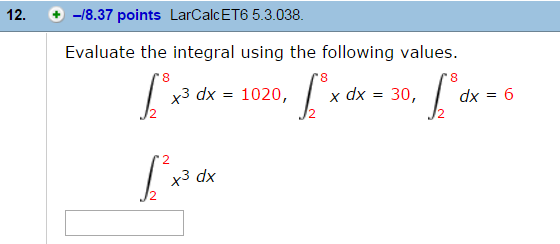


Noticeably greater NOE requires additional investment in time that would be better spent enabling more scans to be acquired. 13C signals were enhanced by as much as 160% with 2.0 sec of NOE 1H irradiation.Longer values do not benefit unweighted linewidth and have little benefit on S/N.

Shorter values give rise to “ringing” distortions of the peak shapes due to signal truncation. Acquisition time, AQ, appears best at 1.0 sec.Ernst Angle calculations, discussed in the previous blog post, indicate that for a 30° excitation and T 1 of approximately 21 sec (which is in the middle of our expected range), the best value for D1+AQ is 3.0 sec.P1, the excitation pulse width, can be set to its proper angle with the getprosol command/button/routine. The common 30°-excitation pulse programs (PULPROG) that satisfy these needs are zgdc30 and zgpg30. Further, we know we need both 1H decoupling during acquisition and 1H irradiation during the relaxation delay to provide 1H- 13C Nuclear Overhauser Enhancement ( NOE, which can increase a 13C signal by as much as 200%).Bruker systems are geared for precise automatic 30° excitation with the pulse program zg30 and its counterparts, so we assume we’ll use 30° excitation. Because these T 1 values are long compared to expected experiment time (D1+AQ), and because 13C signals practically always require NS>1, 90-degree excitation, which requires experiments with D1~5*T 1, would never be a viable option for typical organic samples.Measured T 1s ranged from 2.5 to 46 seconds. T 1 relaxation values, which help optimize 1D experiment parameters, were obtained on a small set of molecules MW 150 – 180.Unlike 1H NMR, we are generally unconcerned about ensuring that integral values from different peaks can be compared. The aim of optimizing 13C acquisition parameters is achieving the best overall signal-to-noise ratio (S/N) for the most peaks of interest in the least amount of time.1: Bottom line new method can double S2N TLDR:


 0 kommentar(er)
0 kommentar(er)
